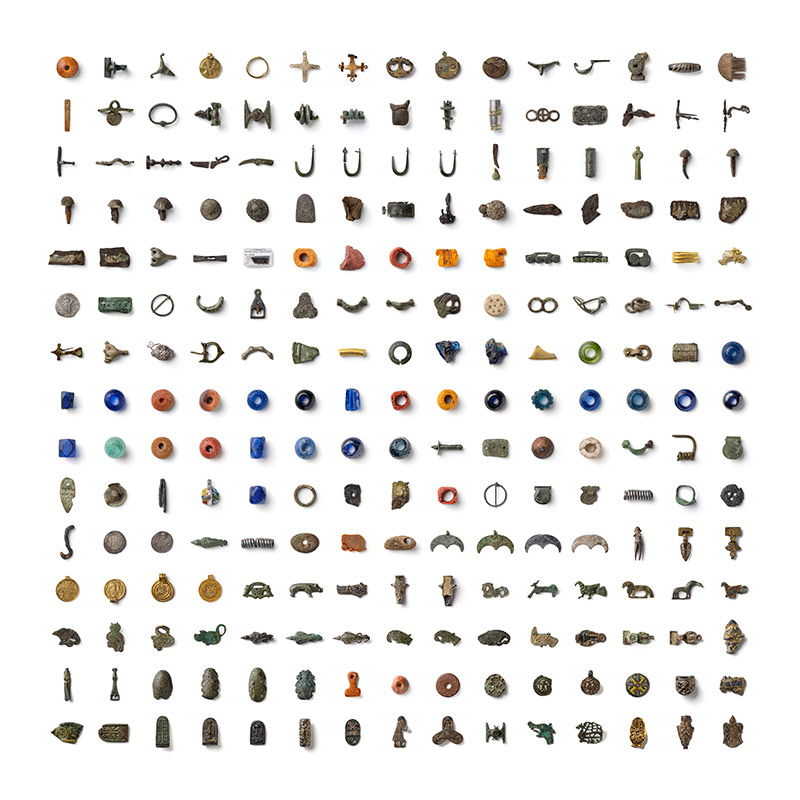There’s a problem within archaeology
For decades, we’ve photographed the past without a shared standard. The result? Incomparable archives, lost context, and limited insight. It’s time for a change.

Stay up to date and never miss out.
The way we view images has changed. The way we make images must too.
From lighting to scale, color to background – images of archaeological objects vary wildly between museums, publications, and projects. This inconsistency makes comparison difficult, replication nearly impossible, and machine learning ineffective.
”It’s not what you look at that matters, it’s what you see.
Henry David Thoreau
PHOTARCH is a photographic standard — built for archaeology
Developed through fieldwork, museum collaboration, and years of refinement, PHOTARCH offers a clear, repeatable method for capturing archaeological finds. It’s scalable, accessible, and ready for the future of research.
A photographic method for consistent artefact documentation
✓ Standardised lighting and angle protocol
✓ True-to-scale imaging with embedded metadata
✓ Accurate colour reproduction with ICC profiles
✓ Designed for comparability across collections

Frequently asked questions
What is PHOTARCH?
PHOTARCH is a photographic method developed for consistent, comparable documentation of archaeological artefacts. It focuses on standardised lighting, angles, backgrounds and metadata integration.
Why not just use museum photos?
Most museum photos were taken without a shared method — making comparison across collections difficult. PHOTARCH was created to solve that.
Do I need special equipment?
No. The method works with a range of equipment — from mirrorless cameras to medium format systems. What matters is consistency and technique.
Can I use PHOTARCH in the field?
Yes. The method can be adapted for both fieldwork and controlled studio settings.
Why a white background?
A pure white background helps maintain shadows, makes clipping and scale control easier, and avoids the need for post-processing cutouts.
Are there more FAQs?
Of course! You find them all here photarch.com/about/faq/
